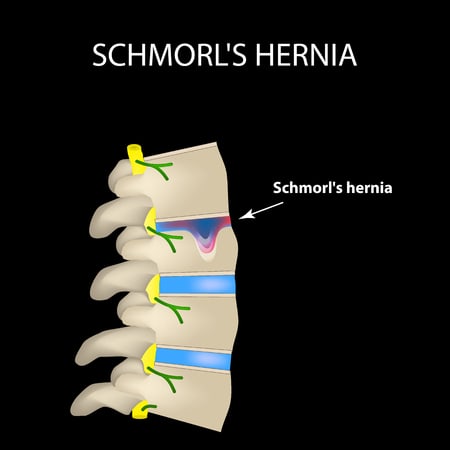Herniated cervical disc
A herniated cervical disc can be extremely painful. It can cause pain in the neck. It can cause numbness in the arms. A herniated cervical disc can cause weakness in the hands. Many people suffer with herniated cervical disc. If you think you may have one there is hope.
What is it?
In between all joints are cartilage. Cartilage in the spine is called discs. The discs separate the movable vertebrae. The vertebra are the
bones of the spine. The purpose of the discs are to form spaces between the joints. Every time a vertebra moves it pushed fluid into the discs. We what fluid in the discs. When the spine is not moving well it decreases the amount of fluids in the disc.
How can it occur?
Herniated cervical disc can occur over time or with an incident. Over time is more common. If the spine is not moving well, the fluid levels can decrease. If the fluid levels decrease in the disc, the joint becomes unstable. If the joint is unstable it can push assymetrical pressure on the disc. If this occurs, the disc can begin to wear down on one side. If this occurs over time it can bulge or herniate a way from the vertebra. If herniated cervical disc occurs, it will most likely be pain free. If the disc buldges into the nerve then pain can occur.
Accidents
Herniated dics can occur with accidents. In the neck the most common cause is car accidents. Most people know this as whiplash. It is actually called flexion extension injury syndrome. This is when the head moves foward and backwards rapidly. When it moves with force it can push down on a disc. If this occurs it can instantly bulge the disc. This is an acute herniation. The pain will usually occur with in 24 hours. After 24 hours it will normally get worse with normal daily activity. for example, just working at a computer or driving can cause more pain.
Diagnosis
Herniated discs can be diagnosed without an MRI. This can be done with basic orthopedic tests. However in today’s world, almost all diagnosis are made with an mri.
A cervical herniated disc is diagnosed when the middle core of a disc in the neck herniates. This can be referred to as leaks out of the disc. It will then presses on a near by nerve root. It usually develops in the 30-to-50-year-old age group. This is when it is a chronic senario. While a cervical herniated disc may originate from some sort of trauma or neck injury, the symptoms commonly start immediately.
Treatment
Like all spinal problems, treatment can vary. It is m=now mandated that all disc issues be treated conservatively with physical medicine for 2 to 4 months before surgical intervention. This allows more traditional therapies time to work before more aggressive treatments. Chiropractic and or physical therapy may be utilized. Sometimes injections can be helpful.
In our office we utilized the Pulstar ProAdjuster instrument to help determine if Chiropractic is right for you. It can measure the amount of movement in each joint. That is important as herniated cervical disc can be associated with a lack of joint motion. If the joint is not moving the instrument can help. The Pulstar ProAdjuster instrument can tap the vertebra back into motion. It does with with an amazing senor that detects how much motion is in the joint. When the motion is restored then the pressure is off the nerve. If the pressure is off the nerve then the patient feels better. In many cases surgery can be avoided with eh proper can.
Check us out at https://citymaps.com/v/us/va/virginia-beach/proadjuster-chiropractic-clinic…

